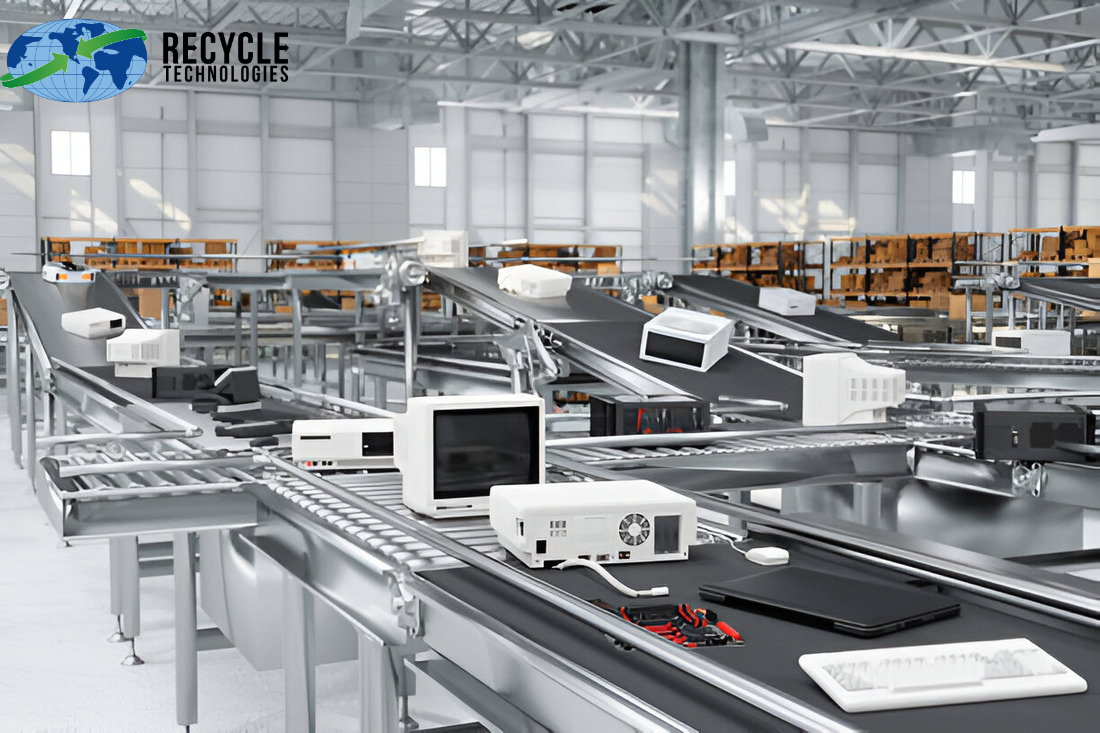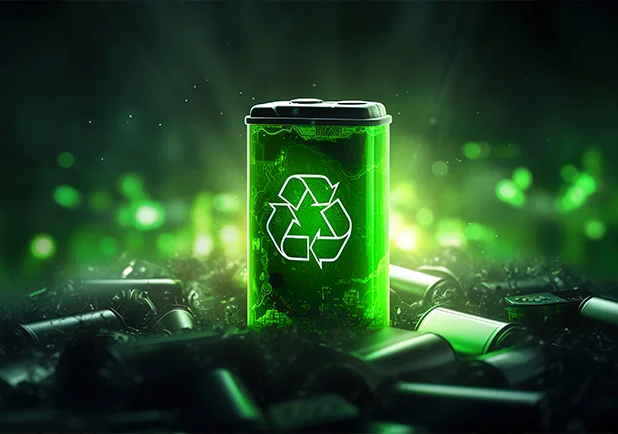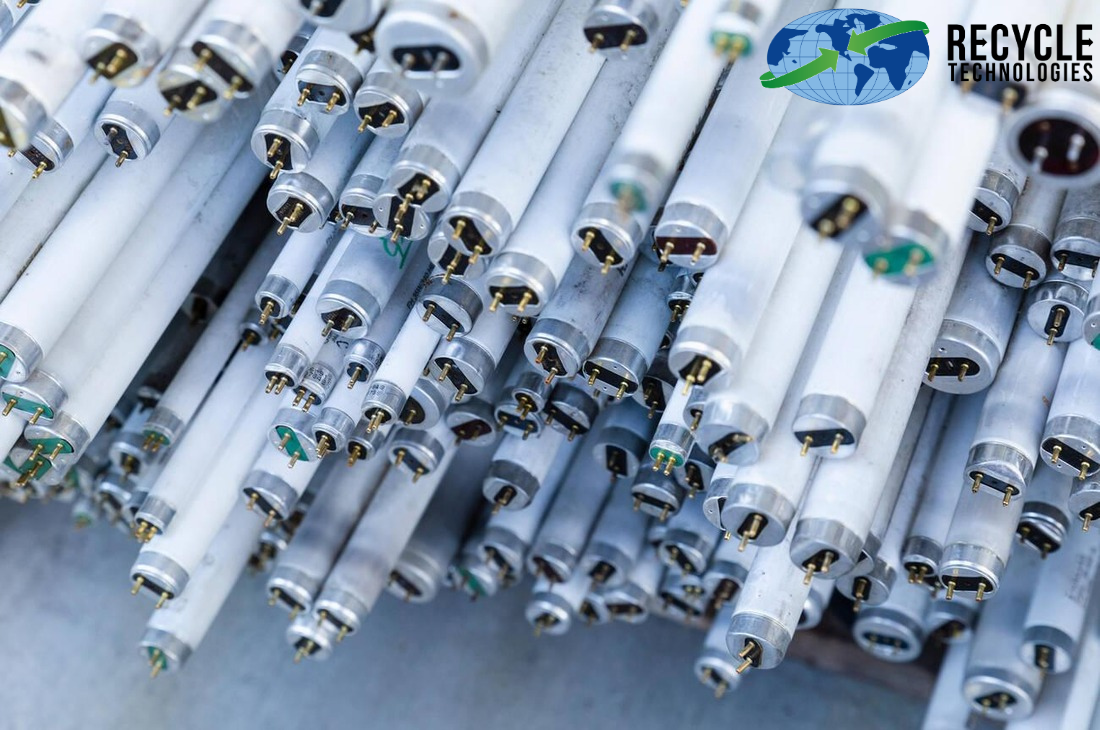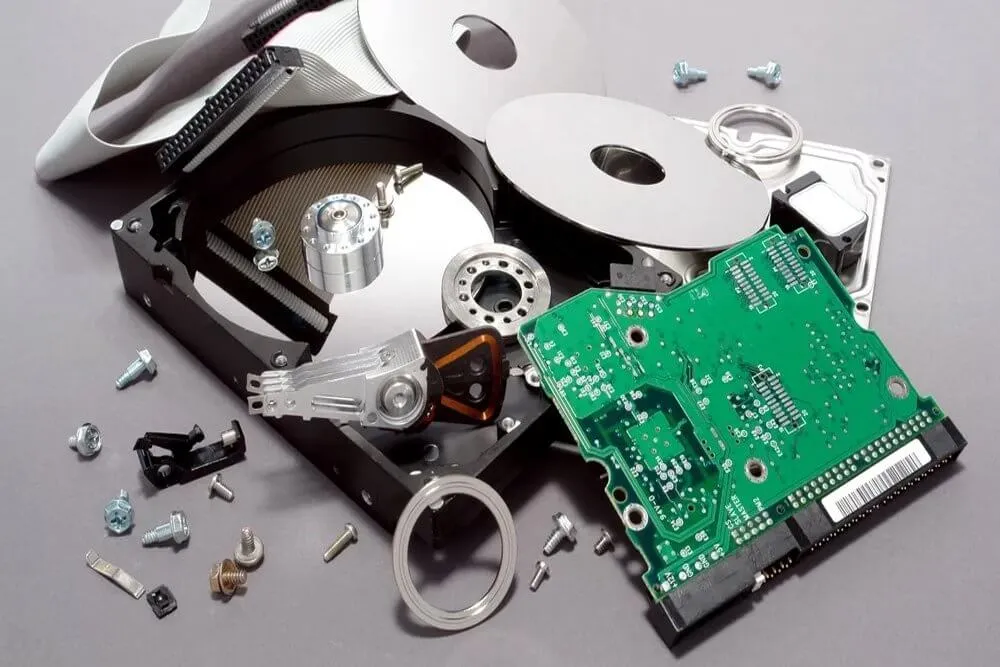Electronic waste has emerged as a pressing global problem as it becomes one of the fastest growing streams of waste. In the USA too, e-waste is a challenging issue as the consumption of modern electronic devices increases and gadgets with exceedingly shorter life spans become the norm.
The only feasible approach to handle this concern is to embrace sustainable electronic waste recycling practices. However, one big obstacle in this pathway is the lack of awareness about what e-waste recycling is. Surprisingly, many individuals in the US are oblivious to the hazards that irresponsible dumping of electronic waste has on the environment and public health.
In this blog post we will explore the basics of what electronic waste recycling is, the procedures involved and how it contributes to a circular economy.
An Insight into E-Waste
Starting off with the definition, electronic waste is defined as any discarded electronic equipment with a plug or a battery that still contains toxic substances within it. These toxic materials can contaminate precious water and soil resources by leaching once dumped in landfills.
Looking at the stats around electronic waste it is evident that growing volumes of this waste stream are linked with increased economic activity. According to the Global e-waste Monitor 2024, the world generated around 62Mt of electronic waste and this figure is estimated to reach a staggering 82Mt by 2030.
Why is Electronic Waste a Problem?
With so much debate around what a menace e-waste is, one often wonders why electronic waste is such a big concern?
Electronic waste contains a plethora of hazardous substances like cadmium, mercury, and nickel which can contaminate natural resources like water and soil causing irreversible damage to ecosystems and human health.
Moreover, e-waste is a source of multiple useful materials like copper, gold and silver which can be extracted and reused to manufacture new electronic devices mitigating the dependance on fresh raw materials.
Using materials recovered from old electronics also supports a circular economy with materials being used in a closed loop. It also reduces harmful mining activities to extract raw materials from their ores.
Due to these reasons, e-waste is a serious dilemma for the USA and people globally.
What is E-Waste Recycling?
Recycling electronic waste is the only long-term solution to curb the rising mountain of this waste stream. Since individuals and organizations are not going to stop using electronic gadgets, it is important to urge them to stop throwing away their old equipment.
e-waste recycling is simply the process of collecting discarded electronics, sorting them out based on their type, extracting useful materials from them, and safely disposing hazardous waste.
To understand more about what is e-waste recycling, let us have a deeper look at each step in the process.
Understanding What Is the Process of E-Waste Recycling
Collection
Since e-waste contains poisonous substances, it should not be discarded in regular trash. It is essential to bring old electronic equipment to a designated drop-off site offered by a certified e-waste recycling company or take it to an e-waste recycling center near you.
Collection of e-waste includes specially designated drop-off points or scheduled pick-up services. You can partner with a certified e-waste recycling company to select the option that best suits you to dispose of your old electronics in a responsible manner.
Recycle Technologies provides convenient e-waste recycling services to businesses by giving them the advantage to schedule our pick-up services for e-waste as per their preference. Our specialized fleet of trucks and recycling experts makes sure to promptly collect all your e-waste and transport it safely to our recycling center.
Sorting and Disassembly
e-waste processing starts with sorting. This step is essential to separate out different equipment and extract the intended components like batteries and circuit boards from them. To do so, the electronics are dismantled to recover the individual components.
Also, a part of this step may be shredding. This involves breaking down the electronics into tiny pieces, especially useful for data destruction.
Separation
The separation of electronic waste encompasses either magnetic separation or separation by water. Magnetic separation technique is used to separate materials attracted to magnets, like ferrous materials like iron and other metals.
The mixture left after magnetic separation is subjected to separation by water to extract plastic and glass. It is also an essential step to remove any contaminants from the e-waste mixture.
Extraction
This step lies at the core of e-waste recycling. All the useful materials that are separated through mechanical separation are prepared for resuse in different industries.
What Can Be Extracted from E-Waste Recycling
Since recovery of useful materials is the most crucial step in electronic waste recycling, it is worthwhile knowing what materials can be extracted from electronic waste.
- Rare Earth elements like indium, cobalt, and palladium
- Metals like copper, gold, silver, ruthenium, platinum, and rhodium
- Aluminum, iron, plastics, and glass
The recovery of useful substances during the e-waste recycling process is not only eco-friendly but also very economical since it serves to save energy costs linked with mining activities to extract virgin raw materials.
Final Thoughts
The nuisance of electronic waste is on the rise as newer and more efficient models of electronic gadgets replace older ones. While the increased consumption of electronic devices is not feasible to control, what can be done is to adopt sustainable e-waste recycling practices.
There are many ways to promote the responsible recycling of old electronics and one of the first steps is to clarify the air around what is e-waste recycling? Increased levels of awareness lead to greater adoption of recycling.
Recycle Technologies- The Pioneers of Reliable E-Waste Recycling in the USA
The team at Recycle Technologies make sure to employ fully compliant e-waste recycling procedures for all e-waste entrusted to us. We take pride in implementing eco-friendly procedures that not only conserve the environment but also contribute positively towards the economy by ensuring maximum material recovery.
To learn more about our recycling practices, contact Recycle Technologies today!












